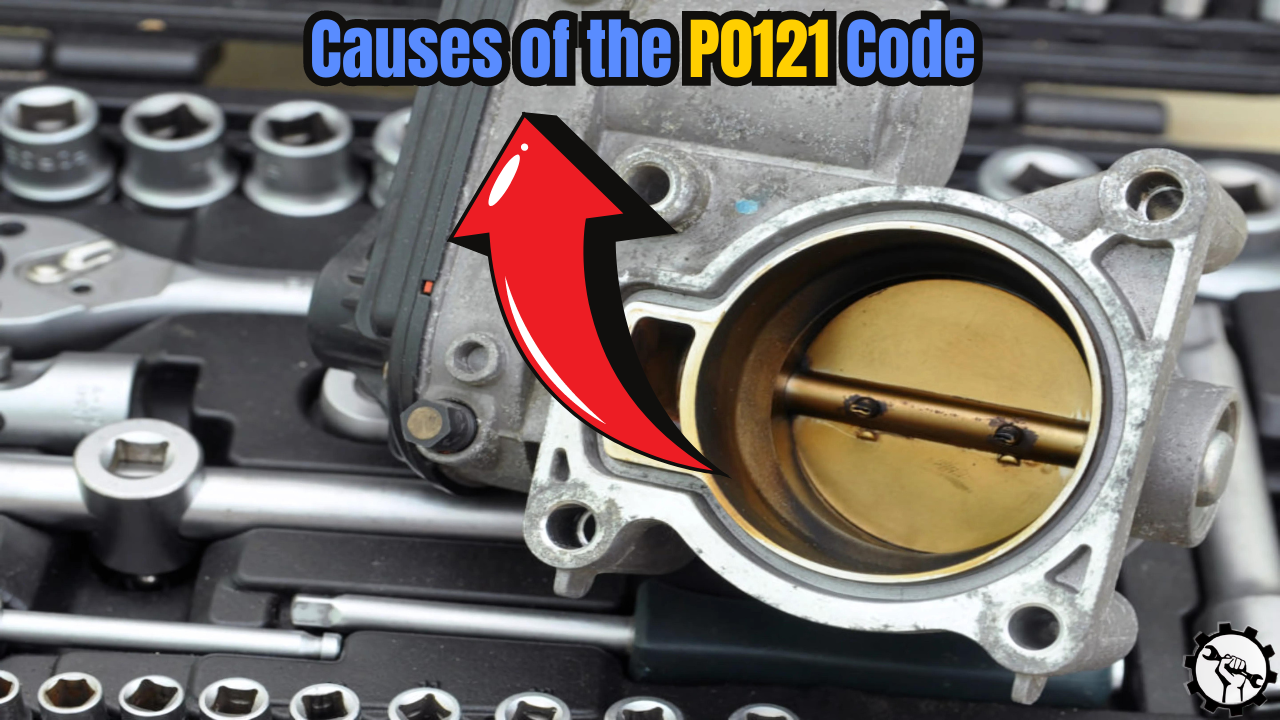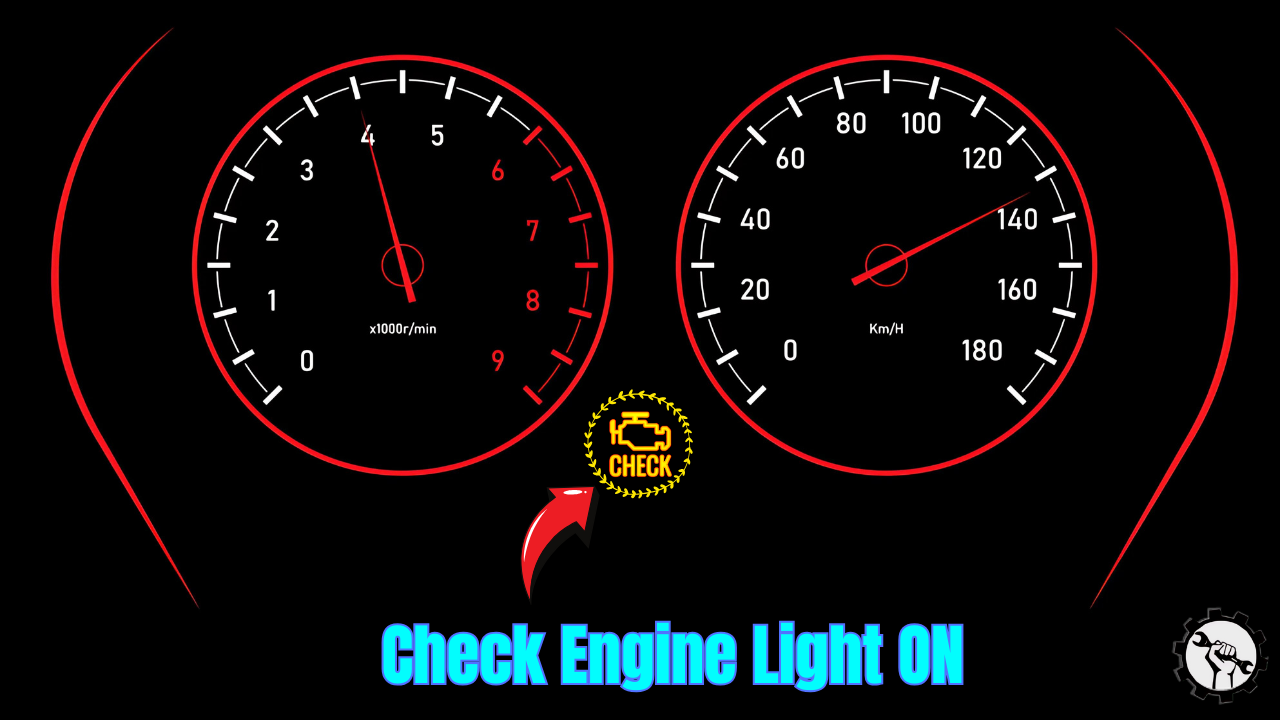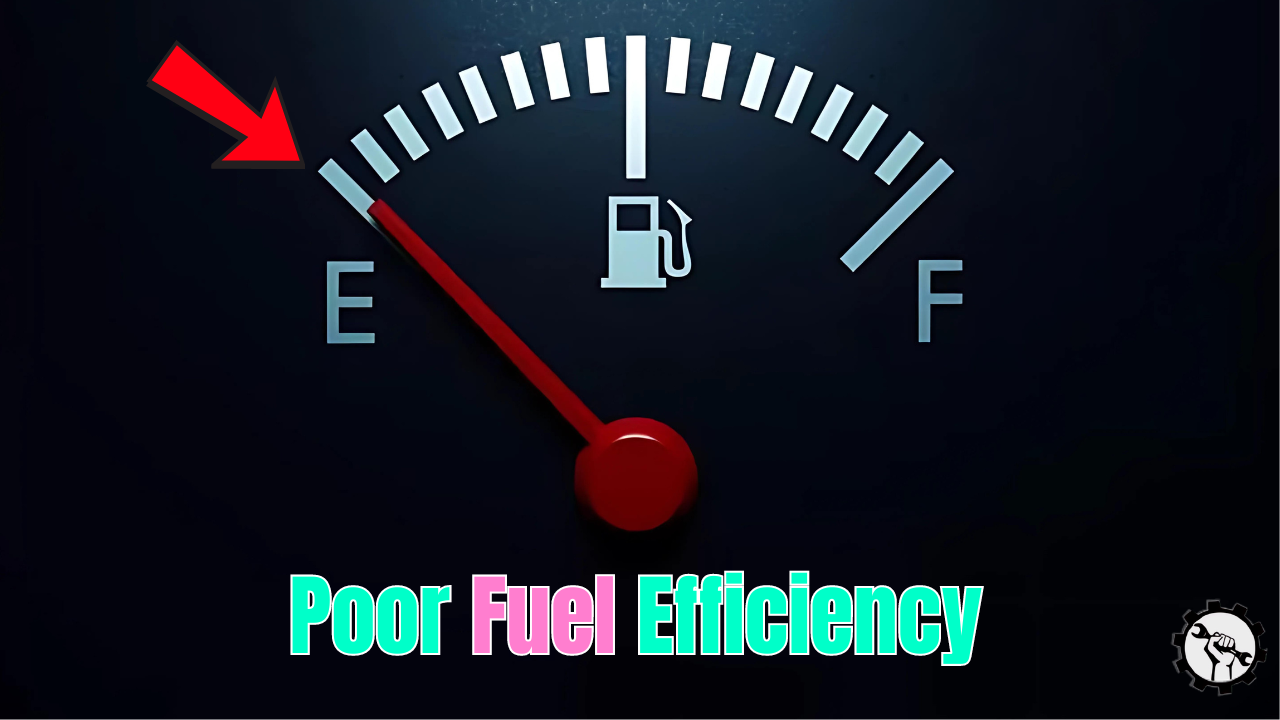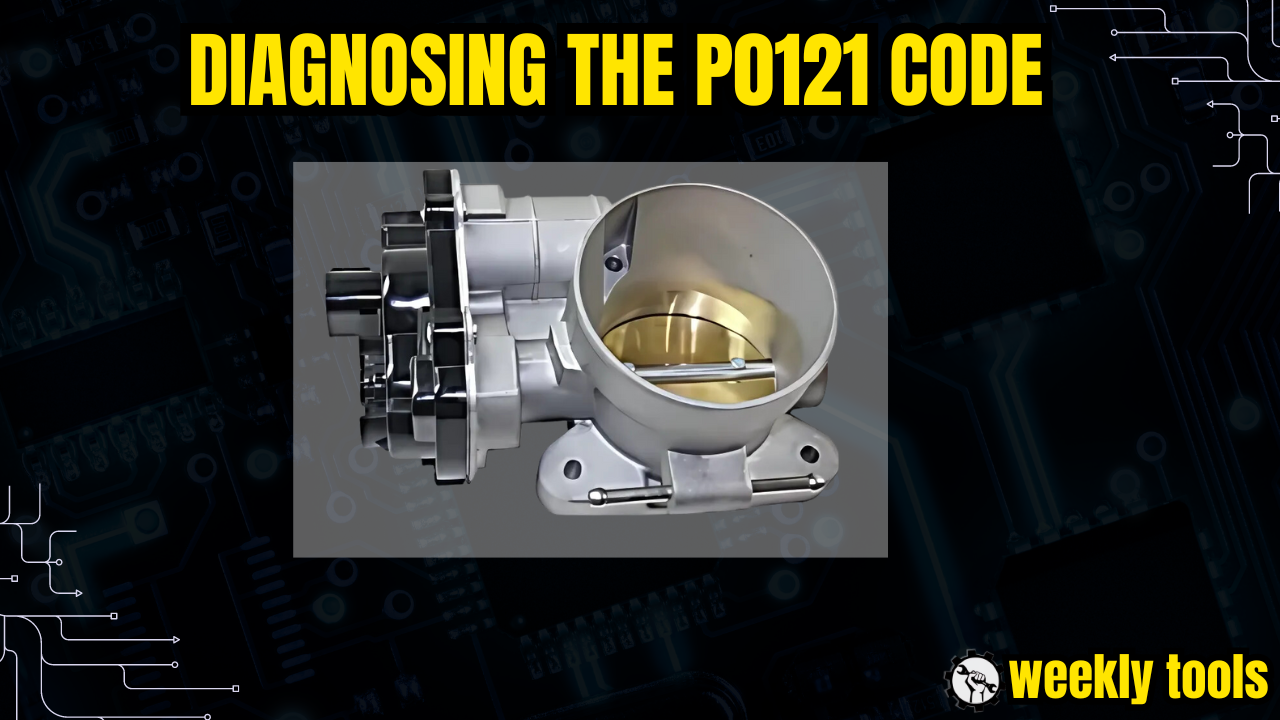If you’ve ever plugged an OBD-II scanner into your car and received a P0121 code, you might have been left wondering what it means and how to fix it. The P0121 code is related to the throttle position sensor (TPS) in your car, which plays a critical role in engine performance.
Let’s learn what the P0121 code means, its causes, the symptoms that accompany it, and how you can diagnose and fix it yourself.
Understanding the P0121 Code
The P0121 code stands for “Throttle/Pedal Position Sensor ‘A’ Circuit Range/Performance Problem.” This diagnostic trouble code (DTC) is generated when the engine control module (ECM) or powertrain control module (PCM) detects that the throttle position sensor is operating outside of its expected range. This sensor is responsible for communicating the position of the throttle to the ECM, which adjusts the air-fuel mixture for optimal engine performance.
In cars equipped with an electronic throttle control (ETC) system, this code might also refer to the accelerator pedal position (APP) sensor. The APP sensor works together with the TPS to manage the throttle motor and control the engine’s throttle blade. When the readings from these sensors fall outside the predetermined range, the P0121 code is triggered.
While the P0121 code is a generic OBD-II code, meaning it can appear on any car regardless of make or model, the specific definition and symptoms can vary. Some cars may have slightly different parameters that trigger this code, depending on the manufacturer’s design.
Causes of the P0121 Code
The P0121 code can be caused by various issues, some of which are relatively simple to diagnose and fix, while others may require more in-depth troubleshooting. Here are the most common causes:

Defective Throttle Position Sensor (TPS)
The most common cause of the P0121 code is a faulty TPS. Over time, the sensor can wear out or fail, sending incorrect signals to the ECM. When this happens, the ECM may not be able to accurately determine the position of the throttle, resulting in poor engine performance and the triggering of the P0121 code.
Wiring Issues
Damaged, corroded, or loose wiring in the TPS circuit can disrupt the signal sent from the TPS to the ECM. This can cause the sensor to send out-of-range signals, leading to the P0121 code being stored.
Faulty Throttle Body
The throttle body, which houses the TPS, can also be a culprit. Dirt and grime can accumulate on the throttle plate, causing it to stick or operate less smoothly. Additionally, mechanical issues within the throttle body, such as a malfunctioning throttle motor, can trigger the P0121 code.
Faulty Accelerator Pedal Position (APP) Sensor
In cars with an ETC system, a malfunctioning APP sensor can cause the P0121 code. The APP sensor monitors the position of the accelerator pedal and sends this information to the ECM. If the sensor is faulty, it may send incorrect signals, leading to a mismatch between the TPS and APP sensor readings.

Control Module Issues
Though less common, the ECM or PCM itself could have an internal fault or software issue that triggers the P0121 code. In some cases, a simple software update from the car manufacturer may resolve the issue.
Symptoms of the P0121 Code
When the P0121 code is stored in your car’s ECM, you might experience a variety of symptoms, depending on the severity of the issue. Here are the most common symptoms associated with the P0121 code:

Illuminated Check Engine Light
Of course, the check engine light (CEL) is usually the first indication that something is wrong. When the P0121 code is triggered, the CEL will illuminate on the dashboard, alerting you to the problem.

Engine Performance Issues
You may notice that your engine is not performing as it should. Common performance issues include hesitation during acceleration, rough idling, and engine stalling. These issues occur because the ECM is unable to accurately control the throttle, leading to an incorrect air-fuel mixture.
Reduced Power Mode
Some cars may enter a “limp” or reduced power mode when the P0121 code is triggered. This safety feature is designed to prevent further damage to the engine by limiting the car’s power output. While in this mode, the car may have reduced acceleration and may not exceed a certain speed.
Difficulty Starting the Engine
In more severe cases, the engine may be difficult to start or may not start at all. This can occur if the TPS is sending completely erroneous signals to the ECM, preventing the engine from receiving the correct amount of fuel.
Poor Fuel Economy
A malfunctioning TPS can lead to inefficient fuel usage, resulting in decreased fuel economy. You may notice that you need to refuel more often than usual.

Exhaust Black Smoke
If the air-fuel mixture is too rich due to a faulty TPS, you may see black smoke coming from the exhaust. This is a sign that the engine is burning too much fuel, which can also lead to other problems, such as clogged catalytic converters.
Diagnosing the P0121 Code
Diagnosing the P0121 code requires some technical knowledge and the right tools. If you’re comfortable working on your car, you can perform the following steps to diagnose the issue:
Step 1: Scan for Additional Codes
Start by using an OBD-II scanner to verify the P0121 code. Check for any additional codes that might provide more information about the underlying issue. For example, codes related to the TPS, APP sensor, or throttle body may appear alongside the P0121 code.
Step 2: Inspect the Throttle Position Sensor (TPS)
Visually inspect the TPS for any signs of damage, such as cracks, corrosion, or loose connections. If the sensor appears damaged, it will likely need to be replaced. If the sensor looks fine, use a multimeter to test its voltage output. At idle, the voltage should be around 0.5 volts, and it should increase to around 4.5 volts at full throttle.
Step 3: Check the Wiring and Connectors
Inspect the wiring harness and connectors leading to the TPS. Look for signs of wear, frayed wires, or corroded connectors. If you find any damaged components, repair or replace them as needed.
Step 4: Inspect the Throttle Body
Remove the throttle body and clean it if necessary. Check for any signs of mechanical issues, such as a stuck throttle blade or a malfunctioning throttle motor. If the throttle body is dirty, clean it with throttle body cleaner and a soft brush.
Step 5: Test the Accelerator Pedal Position (APP) Sensor
If your car has an ETC system, use a scan tool to check the APP sensor’s readings. Compare the readings with the TPS readings to ensure they are within the expected range. If the readings do not match, the APP sensor may be faulty and require replacement.
Test the Control Module: In rare cases, the ECM or PCM itself may be at fault. If you suspect a control module issue, consult a professional mechanic who can perform more advanced diagnostics or update the software.

How to Fix the P0121 Code
Once you’ve diagnosed the cause of the P0121 code, it’s time to fix the problem. Here are some potential fixes based on the diagnosis
Replace the Throttle Position Sensor (TPS)
If you’ve determined that the TPS is faulty, replacing it is the most common solution. The TPS is usually located on the throttle body and can be replaced with basic hand tools. After replacing the sensor, clear the code with your OBD-II scanner and take the car for a test drive to ensure the problem is resolved.
Repair or Replace Damaged Wiring
If the wiring or connectors in the TPS circuit are damaged, repair or replace them as needed. This may involve splicing in new wire sections or replacing entire connectors. Be sure to use high-quality automotive-grade wiring and connectors to ensure a reliable repair.
Clean or Replace the Throttle Body
If the throttle body is dirty or malfunctioning, clean it thoroughly with throttle body cleaner. If cleaning doesn’t resolve the issue, the throttle body may need to be replaced.

Replace the Accelerator Pedal Position (APP) Sensor
If the APP sensor is malfunctioning, replacing it can resolve the P0121 code. The APP sensor is usually located near the accelerator pedal and can be replaced with basic hand tools.
Update or Replace the Control Module
If the ECM or PCM becomes bad and triggers this code, you may need to update the software or replace the module. However, this is a more advanced repair that should be performed by a professional mechanic.
Conclusion
The P0121 code can be caused by a variety of issues, from a simple wiring problem to a faulty throttle position sensor. By following the steps outlined above, you can diagnose and fix the issue yourself, potentially saving on costly repair bills. However, if you’re unsure about doing this repair on your own, it’s highly advisable to consult a professional mechanic.

As a mechanical engineer, it’s easy for David to explain the functionality of the tool. David test most of the tools before writing a review. its help him to learn something new and suggest the best product for you.





